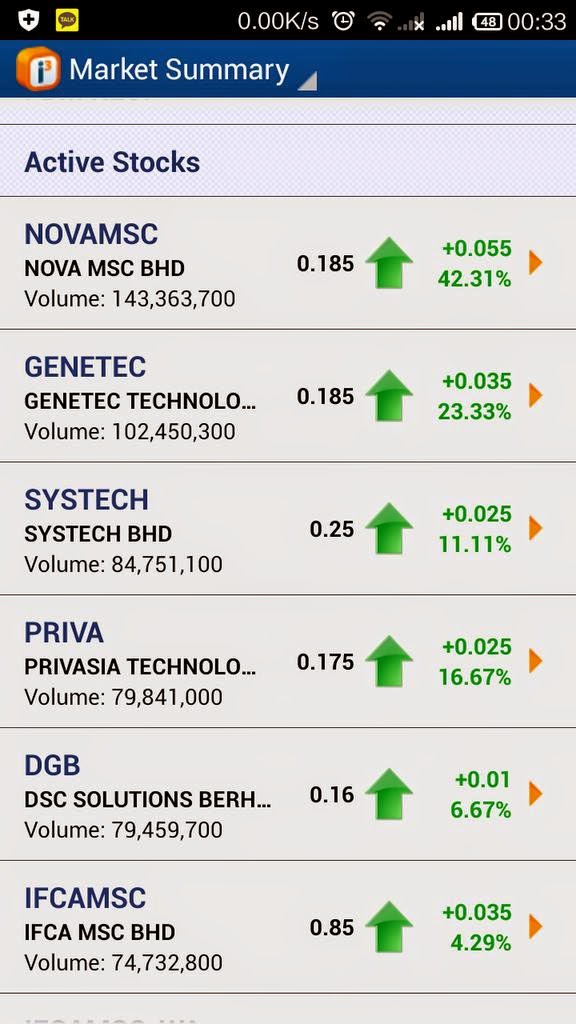Introduction:
Day trading is an exciting and fast-paced form of trading that offers the potential for significant profits. For those with a keen interest in investing, day trading can be a lucrative endeavor. However, it’s important to approach day trading with caution and armed with the right knowledge.
In this article, we will explore the world of day trading stocks and provide you with valuable insights on how to choose the right stocks, analyze technical indicators, manage risks, utilize essential tools and resources, identify entry and exit points, and learn from successful day traders.
So let’s dive in and discover the top 5 day trading stocks!
What is Day Trading?
Day trading is the practice of buying and selling financial instruments, like stocks, within the same trading day. Unlike long-term investing, day traders aim to profit from short-term price fluctuations. They make quick trades and capitalize on intraday market movements.
One key aspect that sets day trading apart from other forms of trading is its time horizon. Day traders execute their trades within a single day, rather than holding onto positions for weeks or months like swing or position traders.
To maximize profits, day traders employ various strategies. Scalping involves making small profits from frequent trades by capitalizing on minimal price changes. Momentum trading focuses on stocks experiencing significant price movements based on news or market trends.
Reversal trading anticipates a reversal in a stock’s price trend after identifying overbought or oversold conditions.
Day trading requires discipline, risk management skills, and a deep understanding of market dynamics. Traders must constantly analyze charts, monitor news releases, and react swiftly to changing conditions. It can lead to substantial profits but carries inherent risks due to the volatile nature of short-term price movements.
In summary, day trading involves buying and selling financial instruments within a single trading day to profit from short-term price fluctuations. It differs from long-term investing and requires using different strategies while closely monitoring the market for opportunities and managing risks effectively.
How to Choose the Right Day Trading Stocks
Selecting the right day trading stocks requires thorough research and analysis. Consider these key factors when evaluating potential stocks:
1. Beta – Measuring Volatility: Day traders often prefer stocks with higher beta for greater profit potential due to increased price fluctuations.
2. Volume – Ensuring Liquidity: Choose stocks with high trading volume to ensure smooth execution of trades without significant slippage.
3. Price Range – Capitalizing on Intraday Movements: Look for stocks with sufficient intraday price range to take advantage of short-term fluctuations.
By considering these factors, you can increase your chances of success in day trading. Conduct thorough research, analyze market trends, and stay updated on relevant news to make well-informed trading decisions. Remember to stay disciplined, have a robust trading plan, and be adaptable in changing market conditions.
Top Technical Indicators for Day Trading Stocks
Technical indicators play a crucial role in day trading stocks. By analyzing historical price data, these mathematical calculations help traders identify profitable entry and exit points. Some key indicators to consider are:
-
Beta: Measures a stock’s volatility, allowing traders to focus on stocks with higher potential for significant price movements.
-
Volume: Indicates the number of shares traded during a specific period. High volume stocks offer better liquidity, making it easier to execute trades at desired prices.
-
Price Range: Represents the difference between a stock’s highest and lowest prices within a given time frame. Stocks with larger price ranges provide more opportunities for day traders to profit from intraday fluctuations.
By incorporating these top technical indicators into their strategies, day traders can increase their chances of success in the volatile world of stock market trading. Continuous learning and adaptation are essential to stay ahead in this dynamic field.
Mastering Risk Management in Day Trading
In day trading, mastering risk management is crucial for success. Three key components include setting stop-loss orders, managing position size, and diversifying trades.
Stop-loss orders automatically close out positions at a predetermined price level, limiting losses and preventing emotional decision-making.
Managing position size based on risk tolerance and account size helps control potential losses and maximize gains.
Diversifying trades across different stocks reduces the risk of significant losses from a single trade, while avoiding overtrading increases the probability of successful trades.
By implementing these strategies, day traders can navigate the volatile market with confidence and increase their chances of profitable outcomes.
Essential Tools and Resources for Successful Day Trading
To thrive in the fast-paced world of day trading, it is essential to have the right tools and resources at your disposal. Reliable trading platforms with advanced features provide real-time data, charting tools, and order execution capabilities.
Subscribing to real-time data sources ensures access to accurate market information on stock prices, volume, news, and more. Joining trading communities or utilizing educational resources offers valuable insights from experienced traders, helping shorten the learning curve.
By investing in these tools and resources, day traders can enhance their strategies and increase their chances of success.
Strategies for Identifying Entry and Exit Points in Day Trading
Successful day trading hinges on the ability to pinpoint optimal entry and exit points. Technical analysis techniques, such as analyzing price patterns, trends, and indicators, provide valuable insights for identifying these points.
Candlestick patterns and chart patterns offer visual cues that help traders anticipate market reversals or continuations. Additionally, recognizing support and resistance levels helps traders make informed decisions about when to enter or exit trades.
By combining these strategies, day traders can enhance their chances of maximizing profits and minimizing losses in the fast-paced world of day trading.
Lessons Learned from Successful Day Traders
Successful day traders have learned valuable lessons that can enhance their chances of success. By avoiding common mistakes like overtrading and not having a clear trading plan, they improve their decision-making and discipline. Additionally, continuous learning and staying updated on market trends are essential for long-term success.
Maintaining emotional control and sticking to a trading plan also contribute to achieving favorable outcomes. Overall, applying these lessons can greatly improve a day trader’s performance and profitability.
Conclusion
[lyte id=’Wk-h2CwEH5k’]







